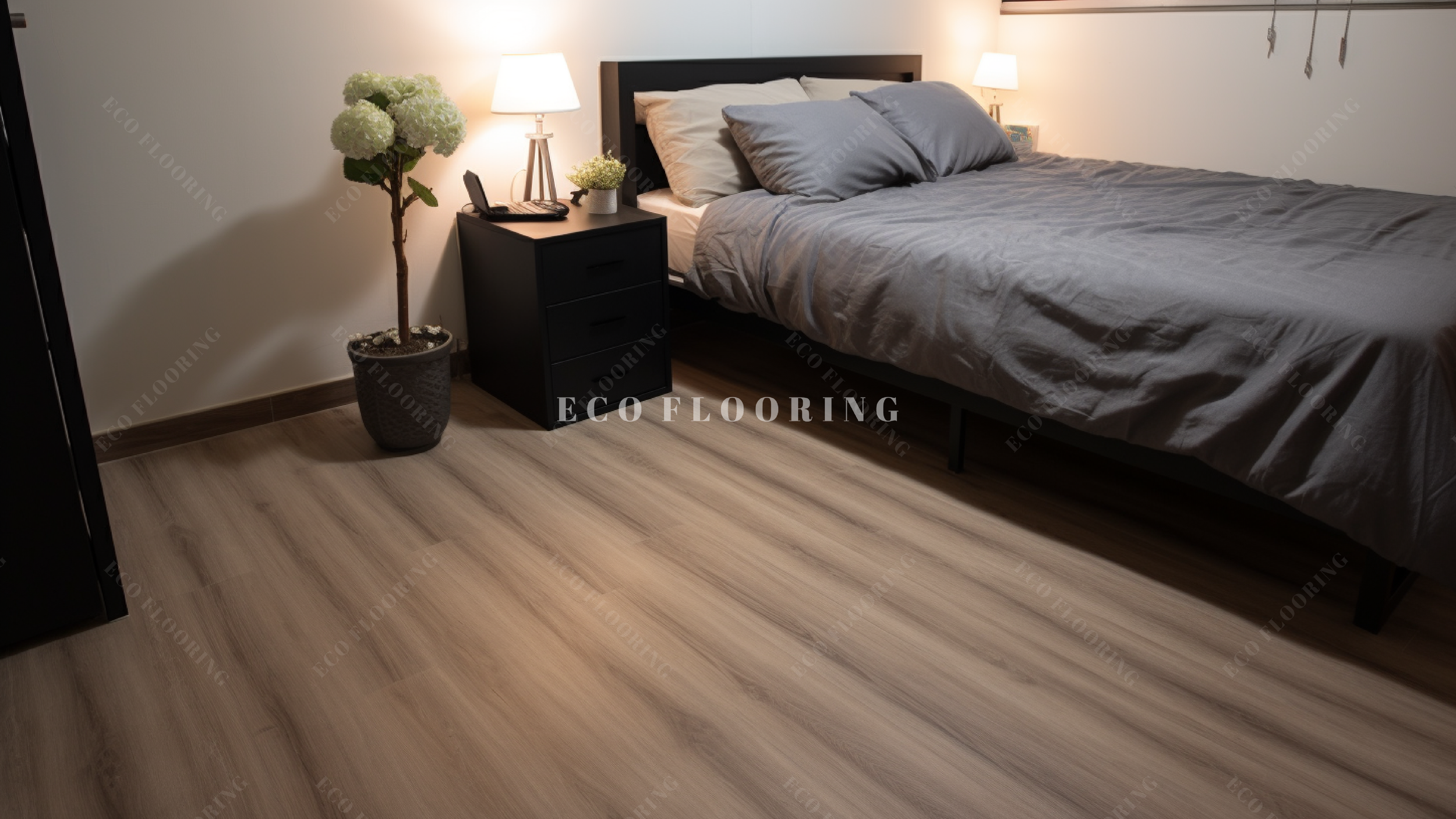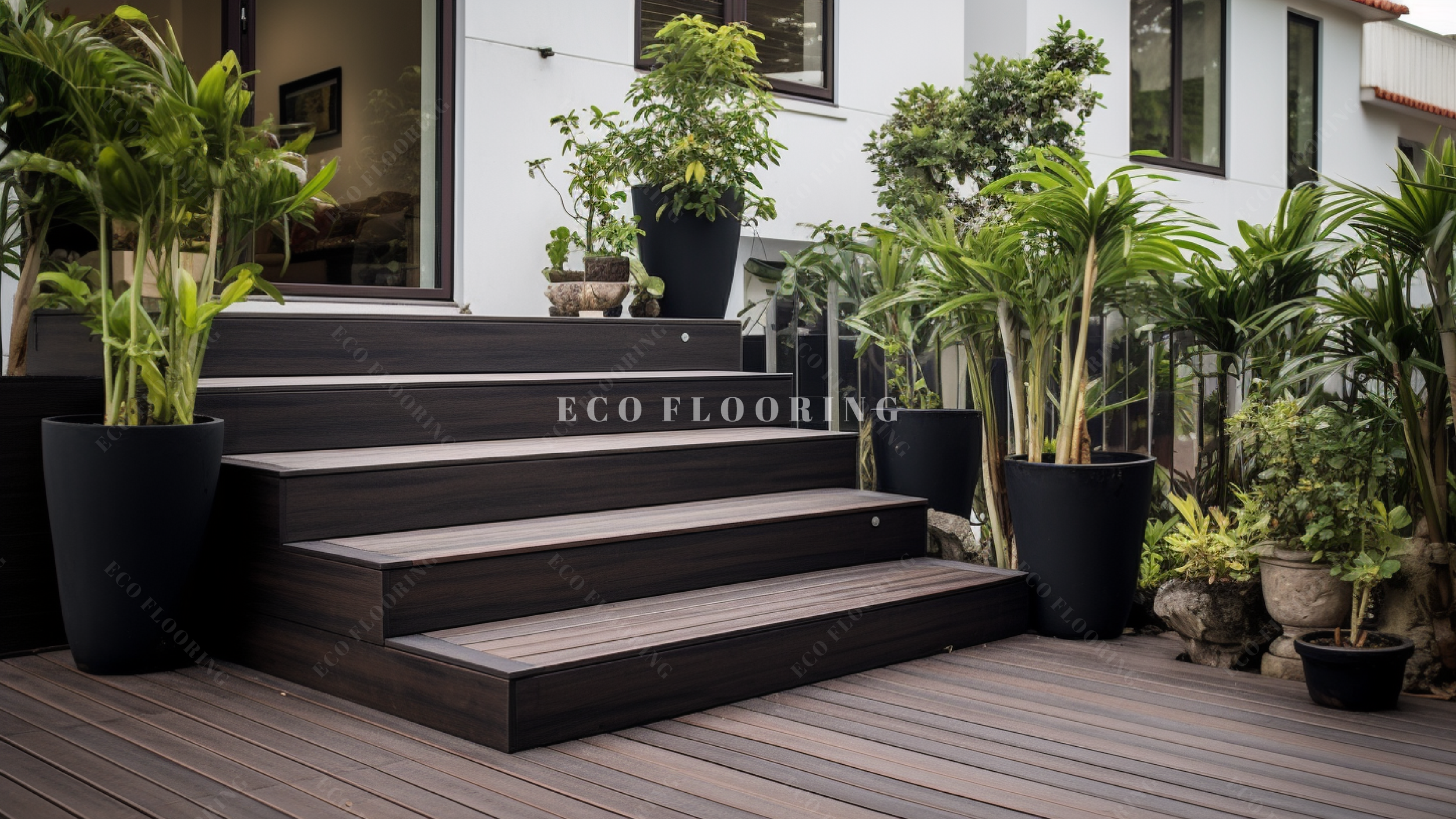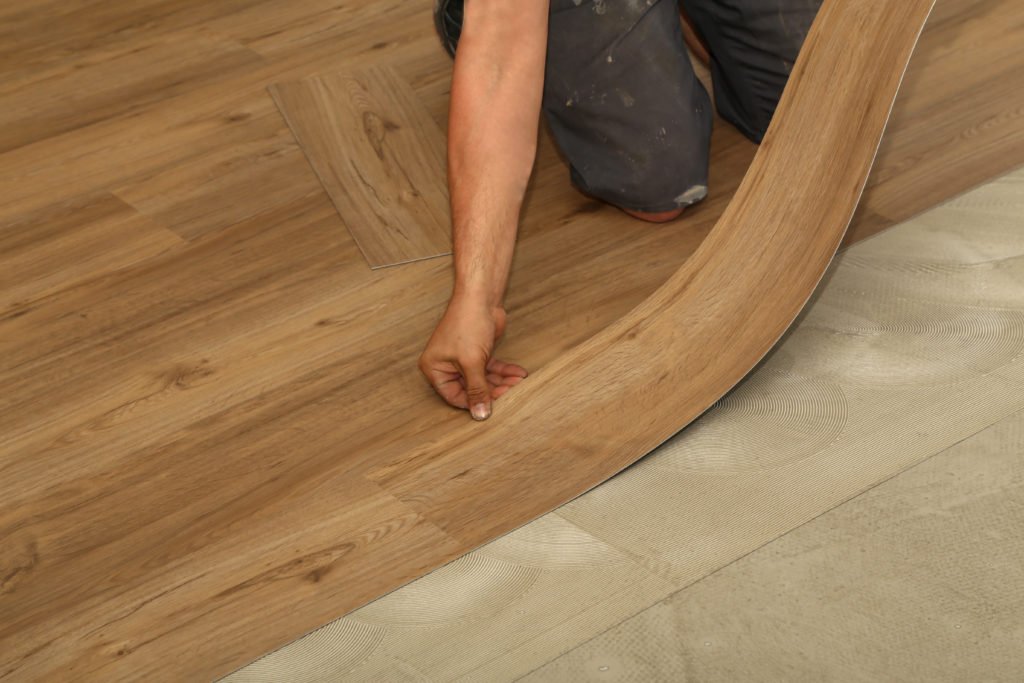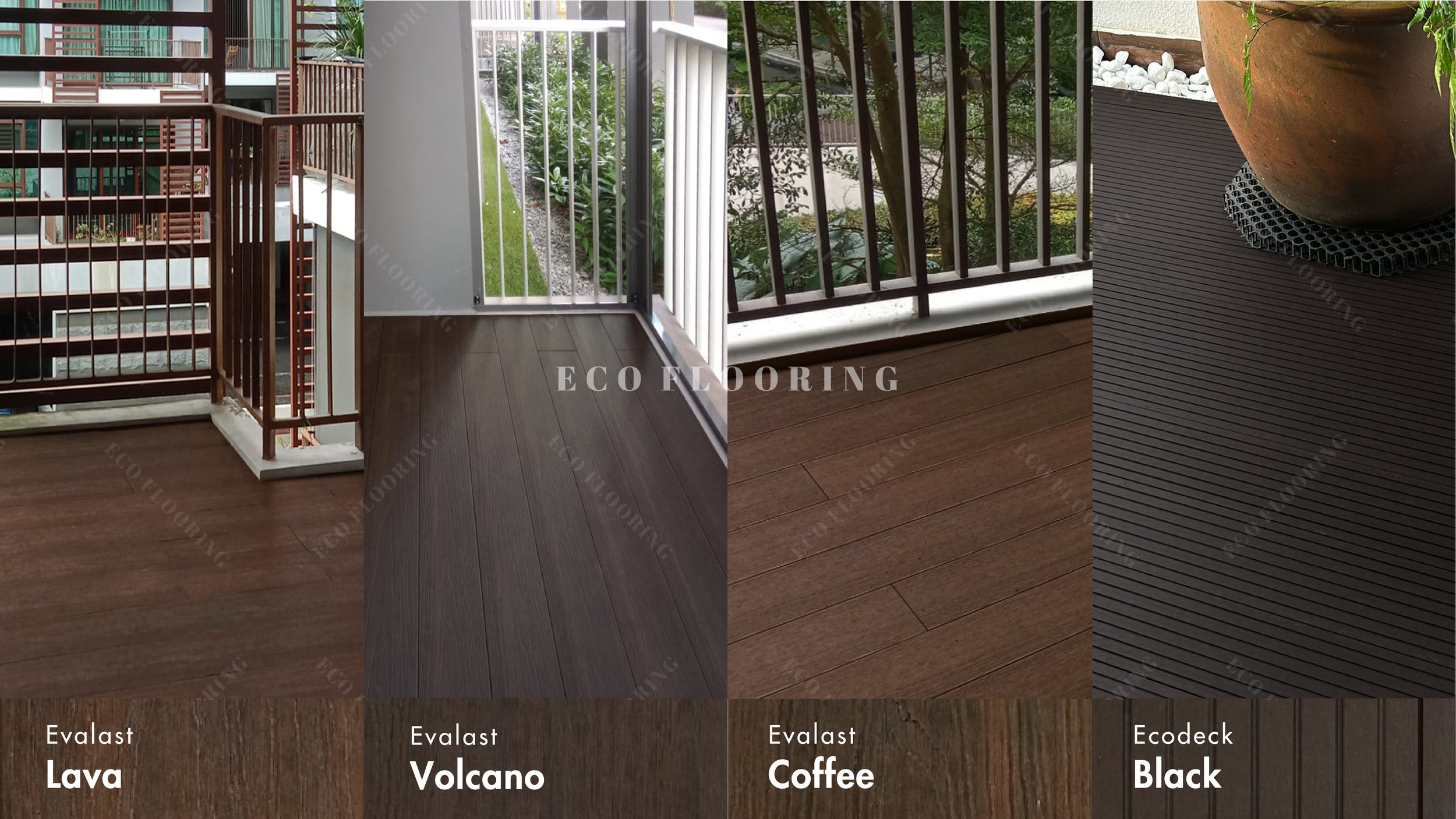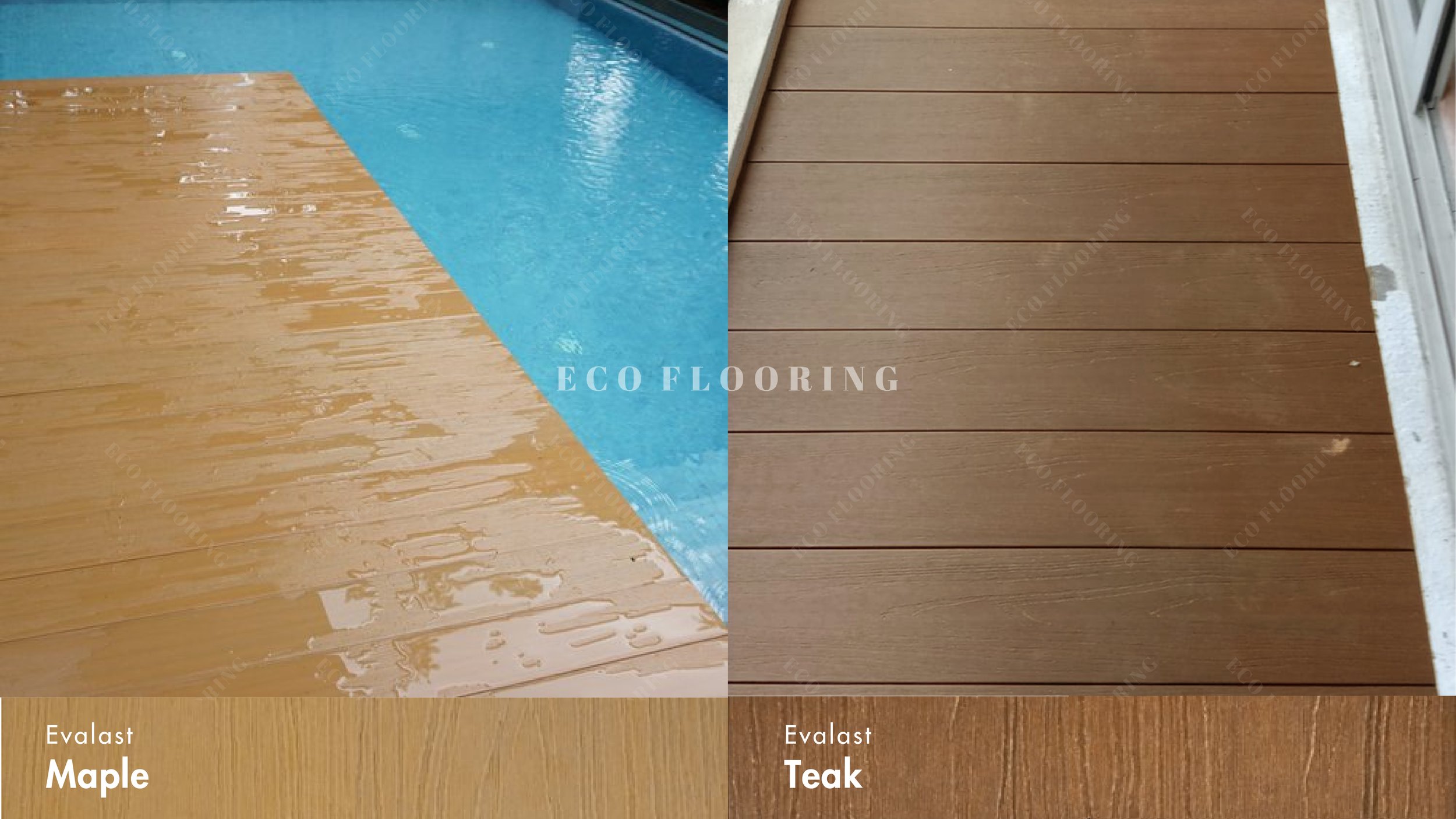The poolside area is a key component of outdoor living, serving as a space for relaxation, social gatherings, and enjoying the sunshine. The choice of decking material around your pool can significantly impact the aesthetics, safety, and maintenance of this area. Outdoor composite decking has emerged as a popular choice for poolside applications, offering a blend of durability, beauty, and functionality. Here’s why composite decking is an excellent option for creating a stunning and practical poolside area.
Durability and Longevity
Weather Resistance: Composite decking is engineered to withstand harsh outdoor conditions, making it ideal for poolside areas. Unlike traditional wood, composite materials are resistant to moisture, UV rays, and temperature fluctuations. This resilience ensures that the decking remains in excellent condition, even when exposed to the elements year-round.
Rot and Decay Resistance: One of the most significant advantages of composite decking is its resistance to rot and decay. Traditional wood decking can deteriorate over time due to constant exposure to water and humidity. Composite decking, however, is made from a blend of wood fibers and plastic, which prevents the growth of mold and mildew and extends the lifespan of the decking.
Low Maintenance
Ease of Cleaning: Maintaining a clean and attractive poolside area is essential for both aesthetics and safety. Composite decking requires minimal maintenance compared to wood. It does not need regular staining, sealing, or painting. Simply cleaning the surface with soap and water or a mild detergent is sufficient to keep it looking pristine.
Stain and Scratch Resistance: Composite decking is designed to resist stains and scratches, ensuring that it retains its appearance despite heavy foot traffic, pool chemicals, and outdoor furniture. This durability makes it a practical choice for families and social gatherings, where spills and scuffs are common.
Safety Features
Slip Resistance: Safety is paramount in poolside areas, where wet surfaces can pose a slipping hazard. Composite decking is manufactured with a textured surface that provides excellent slip resistance, reducing the risk of accidents. This feature is especially important for households with children and elderly members.
Splinter-Free Surface: Unlike wood, which can splinter and cause injuries, composite decking offers a smooth and splinter-free surface. This makes it a safer option for barefoot traffic, ensuring that everyone can enjoy the poolside area comfortably.
Aesthetic Appeal
Variety of Styles and Colors: Composite decking comes in a wide range of styles, colors, and finishes, allowing homeowners to choose a design that complements their outdoor decor. Whether you prefer the natural look of wood grain or a sleek, modern finish, composite decking can be customized to match your aesthetic preferences.
Seamless Integration: The versatility of composite decking means it can seamlessly integrate with other poolside features, such as outdoor furniture, landscaping, and water features. This cohesion creates a harmonious and visually appealing outdoor space that enhances the overall ambiance of your pool area.
Environmental Sustainability
Eco-Friendly Materials: Many composite decking products are made from recycled materials, such as reclaimed wood fibers and recycled plastics. Choosing composite decking supports environmental sustainability by reducing the demand for virgin wood and minimizing waste.
Long-Term Environmental Benefits: The durability and low maintenance requirements of composite decking mean fewer resources are needed for repairs and upkeep over time. This contributes to a lower environmental impact compared to traditional wood decking, which often requires frequent maintenance and replacement.
Outdoor composite decking is an excellent choice for enhancing your poolside area. Its durability, low maintenance, safety features, and aesthetic appeal make it a practical and stylish solution for creating an inviting and functional outdoor space. By choosing composite decking, you can enjoy a beautiful, long-lasting poolside area that provides a perfect setting for relaxation and entertainment, while also contributing to environmental sustainability. Whether you’re looking to upgrade an existing pool area or design a new one, composite decking offers a versatile and enduring option that will transform your outdoor living experience.











